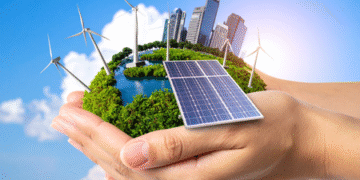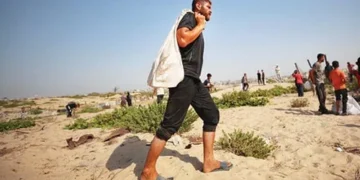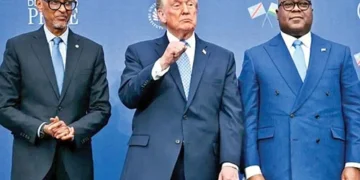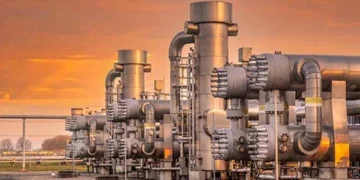Blitz Bureau
NEW DELHI: AS dusk descends on South Africa’s coal belt, a stretch of land scarred by decades of mining now flickers to life as dozens of solar street lamps light up Nomzamo Agri-Village.
Despite this mini solar wave sweeping the settlement, coal still keeps many in work, warms their homes in winter and cooks the dinner, even as locals cough up lung fulls of grey smog. Now, though, things are slowly changing.
As one of the world’s largest coal exporters, South Africa has embarked on a plan to wean off polluting coal and embrace green industries that create desperately needed jobs. Nearly every Nomzamo household has a solar brick – a stackable lithium-ion battery charged by the sun – to power their lights and cellphones.
And despite numbering just 412 households, Nomzamo sees its initiative as the start of the country’s big, green shift. “We have begun the transition,” said Nelly Nkosi, a 40-year-old resident and women’s officer with the Khuthala Environmental Care Group, the local charity behind the solar initiative.
“The coal will eventually run out and then more people will be forced to use solar, so the sooner people adapt the better,” Nkosi said from her corrugated-iron home. South Africa designed a Just Energy Transition Plan (JETP) – a roadmap to shift to cleaner energy while creating green jobs, with funding committed by wealthy international governments.
International partners have pledged $13.74 billion to Phase One of the transition, according to the Just Energy Transition Project Management Unit (JET PMU) that oversees the plan. Another $71 billion – or thereabouts – is needed to realise the 2023-2027 strategy, the JET PMU told the Thomson Reuters Foundation.
































